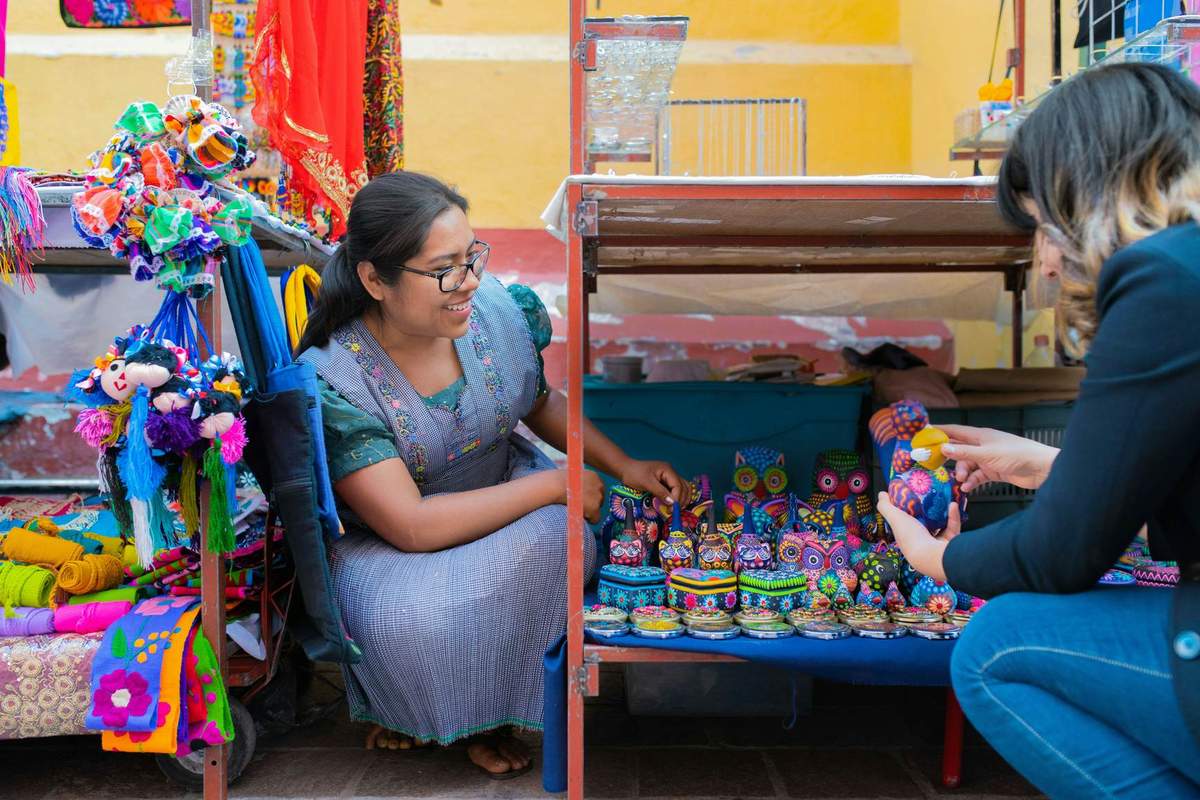Mexico's tourist attractions are starting to welcome visitors back under new rules

Sep 15, 2020 • 3 min read

Teotihuacan partly reopened to visitors last week but some of its most popular sites remain out-of-limits for now ©Shutterstock
From the pyramids of Teotihuacan to the Mayan ruins of Tulum, Mexico's most famous archaeological sites are starting to reopen. But like most tourist attractions in 2020, visiting them comes with a new set of rules as they reconfigure for a post-pandemic world.
On Thursday, Mexico’s ancient city of Teotihuacan, which includes some of the world’s biggest pyramids, partly reopened its archaeological sites more than five months after closing. Tourists have been slowly making their way back to the site north of Mexico City, queuing for limited tickets to stroll along the Calzada de los Muertos (Avenue of the Dead), the only area within the site that's open. The three main pyramids remain closed for now, as well as the museums of painting and culture. Under new guidelines, Teotihuacan is operating at 30% capacity to allow a maximum of 3000 people per day. And visitors must have their temperatures screened and wear masks at all times.

The reopening of Teotihuacan means that more than 200 tourist guides can return to work, as well as more than 700 vendors and more than 3000 artisans, Evelyn Osornio, Mexico's tourism secretary pointed out at the reopening ceremony. But Mexico's cultural director, Alejandra Frausto Guerrero, said the resumption of these activities can only continue with cooperation from visitors.
“Today we are inviting two forces to unite across the country, which is culture and tourism, to recover safely, consciously, we have already learned that we have to take care of ourselves. Of course it is not comfortable to talk with a mask, of course it is not comfortable to have to be aware all the time, but we have already learned it and the first thing is to take care of ourselves and each other, " she said.

It's a similar situation in Quintana Roo where Tulum, Cobá, Muyil and San Gervasio reopened to the public on Monday under strict health and safety guidelines. In a statement, Diego Prieto Hernández, director of the National Institute of Anthropology and History (INAH), said despite the pandemic, officials are reopening the state's museums and archaeological zones and moving forward with research projects to boost tourism and culture. In Yucatán, the archaeological sites of Chichén Itzá and Dzibilchaltún are gearing up to reopen on September 22 at reduced capacity. Chichén Itzá will allow 3000 guests per day, while Dzibilchaltún will reopen only part of its site but the cenote, the Parado Temple and the Mayan Village will remain closed.
Tourism accounts for 11 million jobs in Mexico and typically generates 8.7% of the country's GDP but the industry faces a grinding road to recovery amid the public health crisis. Mexico's borders reopened to tourists in July but international flights are operating at reduced capacity. In recent weeks, however, the industry has gone through a safety overhaul with widespread screening and enhanced public health measures in operation at resorts, hotels, restaurants, and newly-reopened attractions. Earlier this week, the US dropped its ‘Do Not Travel' pandemic advisory for Mexico, downgrading it to a level 3 ‘Reconsider Travel' notice on September 8.
You might also like:
Getting to know Chichén Itzá, the heart of the Maya Empire in Mexico
Resorts on Mexico's Caribbean coast want to give you a free vacation every year for 20 years
Archaeologists have discovered the remains of a vast Mayan palace near Cancún





